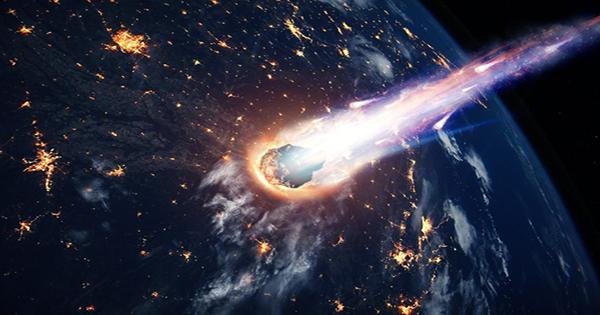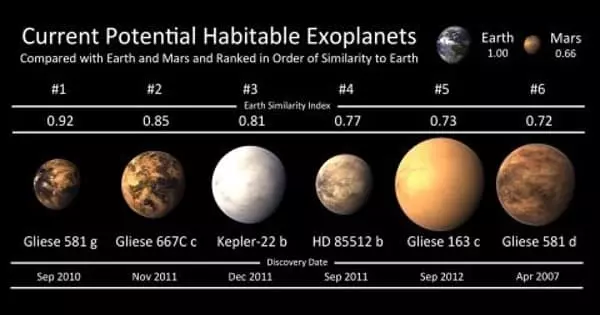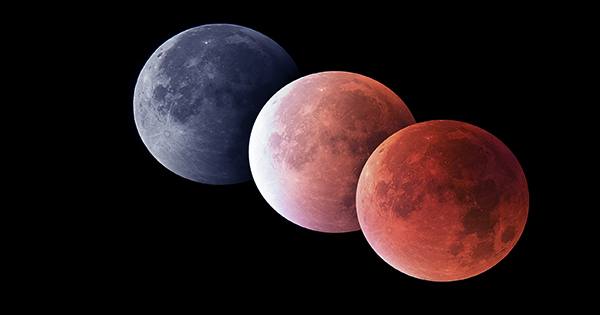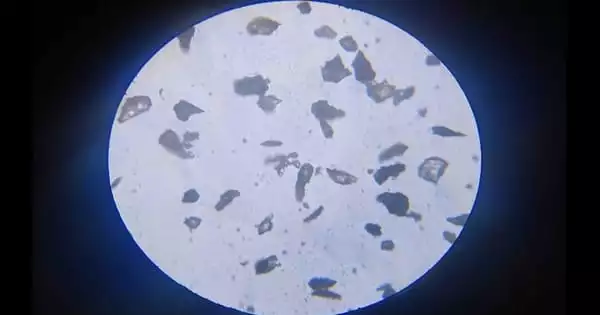Gliese 832 is a red dwarf with the spectral type M2V located in the southern constellation Grus. It appears as a Main Sequence Star. It is not part of the Grus constellation shape, but it is within its boundaries. It is too faint to be seen with the naked eye, with an apparent visual magnitude of 8.66. It is based on the star’s spectral type (M1V), and the Gliese 832 color is red. The star cannot be seen with the naked eye and must be viewed with a telescope.
Gliese 832 is thought to have at least two Extrasolar Planets in orbit around it. It is located at a distance of 16.2 light-years from the Sun and has a high proper motion of 818.93 milliarcseconds per year. Gliese 832 has somewhat less than half the mass and radius of the Sun. Its rotation period is believed to be a leisurely 46 days. The star has an estimated age of 9.5 billion years.
Gliese 832 is 16.16 light-years away from Earth, according to the latest recent Hipparcos data from 2007. This star reached perihelion 52,920 years ago, when it was calculated to be 15.71 ly (4.817 pc) from the Sun.
X-rays are emitted by Gliese 832. Despite the high level of flare activity, Gliese 832 emits less ionizing radiation than the Sun. Only at extremely short radiation wavelengths (<50nm) does its radiation intensity exceed that of the quiet Sun, but not to levels typical of the active Sun.
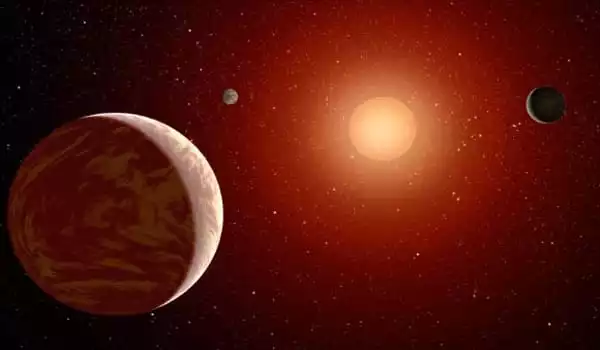
Planetary system
Gliese 832 is home to two well-known planets. An international team of astronomers has identified an exoplanet in the “habitable zone” of the star Gliese 832 — the precise range of distances that could allow liquid water to exist on a planet’s surface.
It was revealed in September 2008 that a Jupiter-like planet, now known as Gliese 832 b, had been discovered in a long-period, near-circular orbit around this star (false alarm probability thus far: a negligible 0.05 percent ). It would cause an astrometric disturbance of at least 0.95 milliarcseconds on its star, making it a potential candidate for detection by astrometric observations. Direct imaging is difficult due to the star-planet contrast, despite its relatively great angular distance. In 2011, the planet’s orbital solution was revised.
Astronomers at the University of New South Wales identified a second planet, Gliese 832 c, in 2014. This one, which is thought to be of super-Earth mass, has been given the scientific designation Gliese 832 c. It was announced that it would circle in the optimistic habitable zone but outside of its parent star’s conservative habitable zone. Gliese 832 c is thought to be at, or very close to, the proper distance from its sun to support liquid water on its surface.
The estimated radius of Gliese 832 is 0.18 times greater than that of the Sun. The radius of the Sun is 695,800km, hence the radius of the star is predicted to be 126,956.20km. The region between Gliese 832 b and Gliese 832 c is a zone where additional planets are possible.

